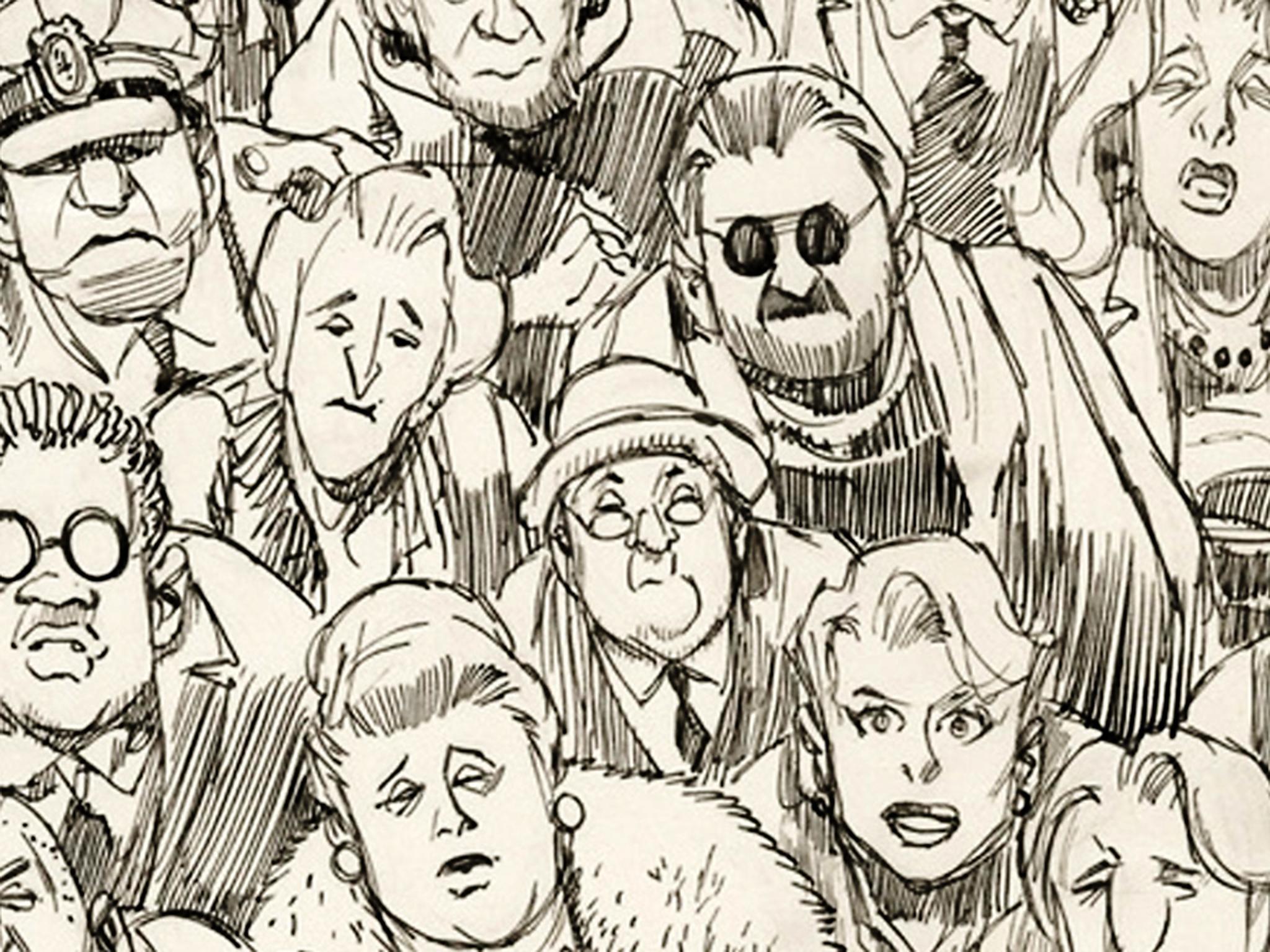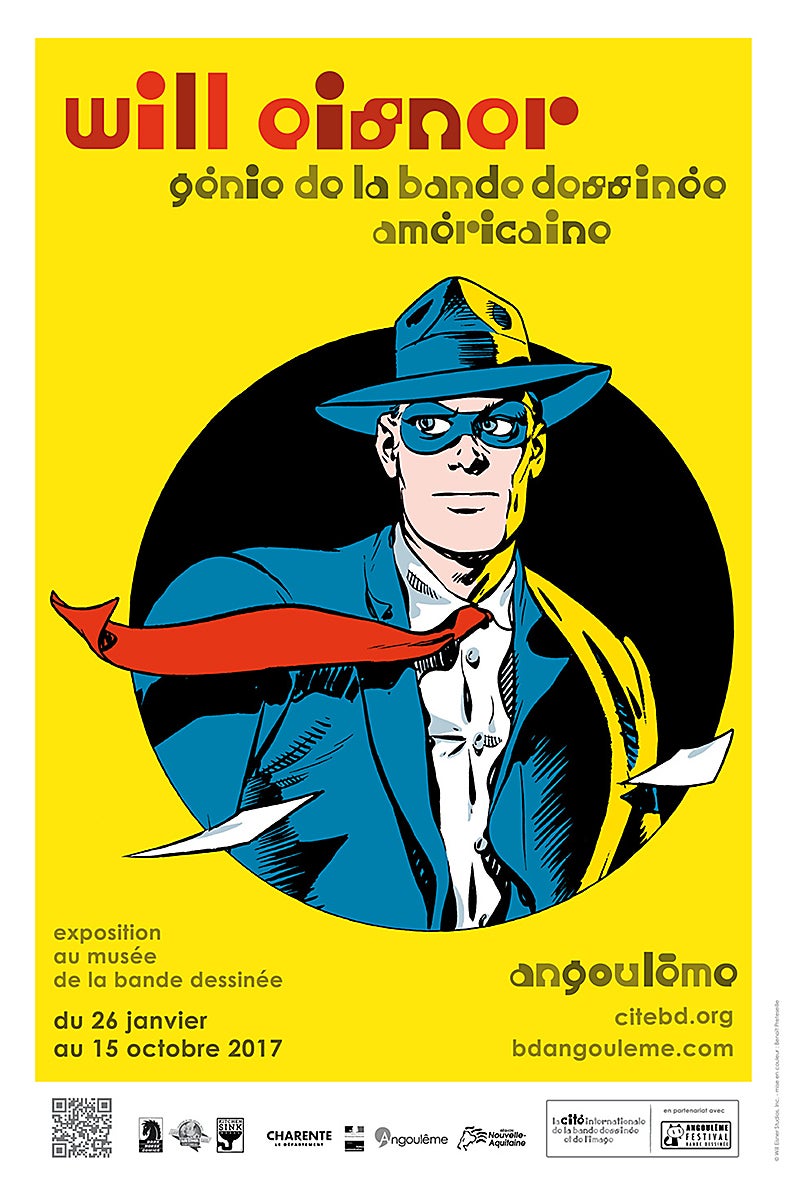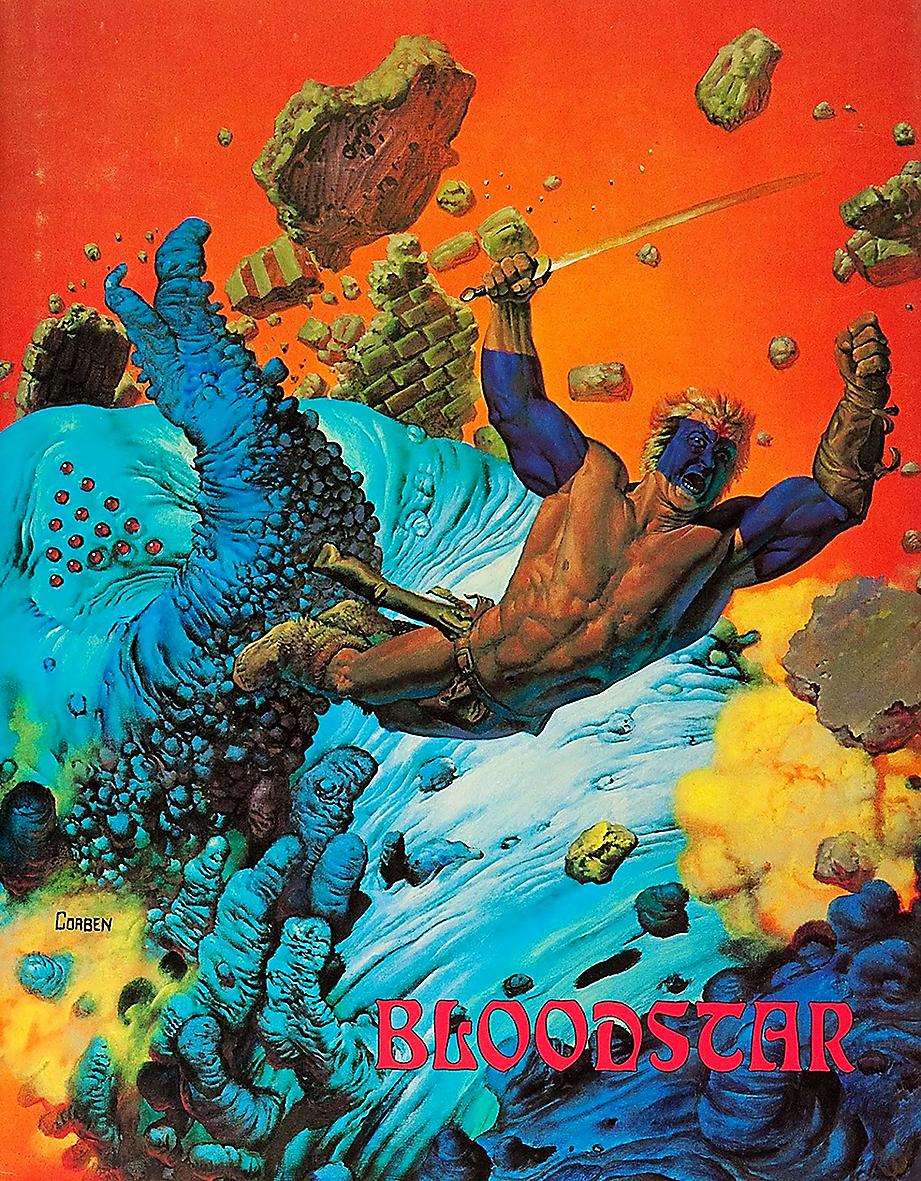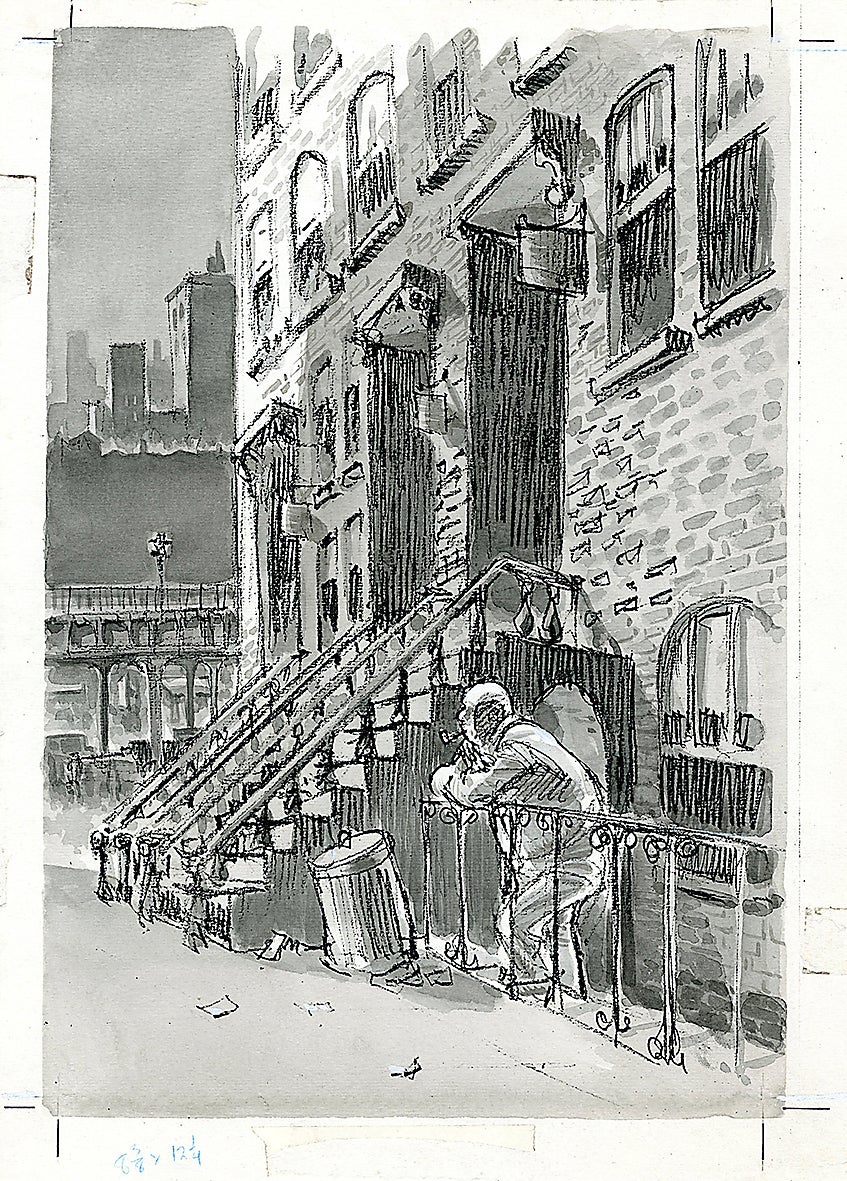Will Eisner and the evolution of the graphic novel: He had a lasting influence on comics
This year marks the 100th anniversary of the birth of the American graphic-novel pioneer Will Eisner, with a starring role at a festival in France and an exhibition at New York's Museum of Illustration

Your support helps us to tell the story
From reproductive rights to climate change to Big Tech, The Independent is on the ground when the story is developing. Whether it's investigating the financials of Elon Musk's pro-Trump PAC or producing our latest documentary, 'The A Word', which shines a light on the American women fighting for reproductive rights, we know how important it is to parse out the facts from the messaging.
At such a critical moment in US history, we need reporters on the ground. Your donation allows us to keep sending journalists to speak to both sides of the story.
The Independent is trusted by Americans across the entire political spectrum. And unlike many other quality news outlets, we choose not to lock Americans out of our reporting and analysis with paywalls. We believe quality journalism should be available to everyone, paid for by those who can afford it.
Your support makes all the difference.This year marks the 100th anniversary of the birth of American cartoonist and writer, Will Eisner. Important exhibitions have been organised to commemorate his artistic legacy – including one in Angoulême, France at the Musée de la Bande Dessinée and another in New York at the Museum of Illustration.
In the course of his long career, Eisner (1917–2005) had a lasting influence on comics, not only through his works – from The Spirit in the 1940s to A Contract with God in 1978 – but also by initiating new ways of thinking and talking about the format. Championing and teaching “sequential art”, he also contributed to the popularisation of the term “graphic novel”.
This catch-all label now refers primarily to the format, but also a literary genre, the most celebrated examples of which are marked by a sense of seriousness and ambition – Art Spiegelman’s Maus, for example. As the term has spread since the 1980s, however, its outlines have become blurry. The ambition of the expression “graphic novel” was initially one of distinction – its promoters wanted to break with a mainstream comics production they saw as childish.

The expression “graphic novel” was born in the 1960s, introduced by the comic critic Richard Kyle in 1964 in a small-press article about the future of comics. It then circulated through various fan publications. There were just a handful of direct and explicit uses of this expression in published works between 1971 and 1978.
In late 1971, The Sinister House of Secret Love, a DC Comics book, put the expression on the cover of its second issue. This very brief attempt at a gothic romance comic was the first publishing use of the graphic novel label.
Then in the summer of 1974, comics creator Jack Katz’s black-and-white magazine The First Kingdom, originally presented as a long science-fiction and fantasy story, was rebranded as a serialised graphic novel.
In 1976, the label was used in the paratext (title pages, flaps of cover jacket) of two large-format hardcover books in black and white, loosely related to the Sixties underground comix movement. Beyond Time and Again by George Metzger reprinted pages from a science fiction strip which previously appeared in the West Coast alternative press. In Bloodstar, Richard Corben adapted in comics a fantasy short story of Robert Howard, creator of Conan.

Also in 1976, the digest periodical Fiction Illustrated was launched by editor and writer Byron Preiss. On its back cover it claimed to be “America’s first adult graphic-novel revue”. Over four issues it published standalone comic stories in colour.
At last, in 1978, Will Eisner’s A Contract with God was published. In a book format with sepia-tone pages, it offered four semi-biographical stories about a Bronx tenement and its inhabitants in the 1930s. Its cover presented it as a graphic novel.
All of these books are quite different from our contemporary Eisner-influenced definition of the graphic novel. They’re also quite different from one another. In black and white or in colour, in classical frame sequences with balloons or using other text/image combinations, serious or satirical in tone, periodical or one-shot, large or small, these books don’t look like each other, either in format or in form.
Their diversity reflects the main currents of the then-emerging US comic book field. Their inspirations reveal the shared structuring influences of the actors of this movement. These are not autobiographical tales or memoirs like one imagines when considering contemporary classic graphic novels such as Maus or Fun Home, for example. On the contrary, they’re genre stories (science fiction, fantasy, noir), building on themes, narrative tropes and references taken from comic books, from their pulp magazines ancestors or from cinema.
But above all, these books – be it The First Kingdom, A Contract with God or Bloodstar – all share a similar ambition for their form, the comics.

In 1964, R Kyle wanted to “bring the comic book out of the juvenile field”, for it to “take its place in the literary spectrum”. In 1976, Byron Preiss, in the introduction to the first issue of Fiction Illustrated, set a similar goal for his initiative: “Fiction Illustrated aspires to be adult in its audience and approach, to be a place where new concepts and characters can be presented without concession to the needs of a children’s market or a particular genre.”
When one considers the early graphic novels mentioned, it appears that the claim for works to be “adult” is understood differently by their creators. They form a homogeneous group only in their common rejection of the mainstream production of their time. They try first and above all to distinguish themselves from mainstream comic books because they consider that its format, newsstand distribution and themes (chiefly super heroes) prevent any hope for artistic freedom and recognition. In Fiction Illustrated #1, Byron Preiss wrote: “Most of the comic books are marketed to and identified with children because they’re produced for children.”
In a similar manner, in his preface to A Contract with God, Will Eisner considered that: “Certainly, there was more for the cartoonist… to deal with than super heroes who were preventing destruction of the earth by super villains.”

The common feature of these graphic novels is in what they try not to be: not to be a comic book (but a magazine, a digest, a hardcover book), not to be a super hero story (but a space opera or heroic fantasy saga, a detective story or a realistic life account), not to be childish.
Of all the graphic novels discussed here, only Eisner’s had a real symbolic and editorial destiny. A Contract with God is considered a landmark in the evolution of the form and has been constantly reprinted since its first publication. The others have rarely or never been reprinted; they’re seldom discussed and considered in the modern historiography of graphic novels.
Of the different and competing approaches taken by the early graphic novels, it’s the one championed by Eisner that prevailed. From our contemporary perspective, a true and literary ambitious graphic novel could hardly be, like Bloodstar, about a barbarian fighting a giant worm. Yet a historical examination reminds us that works that pioneered the use of the term graphic novel didn’t so much try to emulate legitimate literature as aim for a distinction and an emancipation within the comics field – to be able to freely tell stories, whatever they may be, without having to take into account an audience of children or to limit one’s ambitions.
But it’s no surprise that only the work that most closely conforms to literature is the one that’s remembered.
Jean-Matthieu Méon is a lecturer in information and communication sciences at CREM, University of Lorraine, France. This article first appeared on The Conversation (theconversation.com)
Join our commenting forum
Join thought-provoking conversations, follow other Independent readers and see their replies
Comments